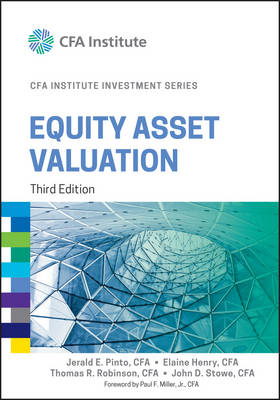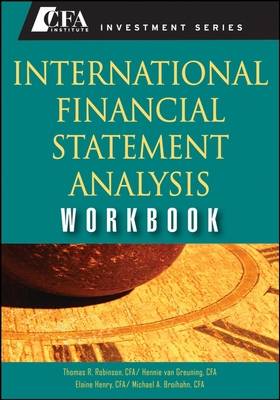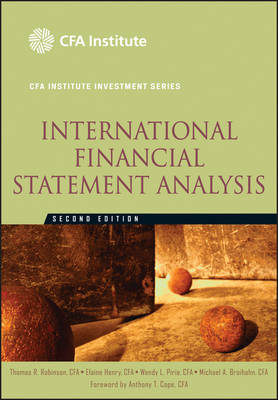CFA Institute Investments
3 primary works
Book 4
Equity Asset Valuation
by Jerald E. Pinto, Elaine Henry, Thomas R. Robinson, and John D. Stowe
Equity Asset Valuation, Third Edition blends theory and practice to paint an accurate, informative picture of the equity asset world. The most comprehensive resource on the market, this text supplements your studies for the third step in the three-level CFA certification program by integrating both accounting and finance concepts to explore a collection of valuation models and challenge you to determine which models are most appropriate for certain companies and circumstances. Detailed learning outcome statements help you navigate your way through the content, which covers a wide range of topics, including how an analyst approaches the equity valuation process, the basic DDM, the derivation of the required rate of return within the context of Markowitz and Sharpe's modern portfolio theory, and more.
Equity investments encompass the buying and holding of shares of stock in the anticipation of collecting income from dividends and capital gains. Determining which shares will be profitable is key, and an array of valuation techniques is applied on today's market to decide which stocks are ripe for investment and which are best left out of your portfolio.
- Access the most comprehensive equity asset valuation text on the market
- Leverage detailed learning outcome statements that focus your attention on key concepts, and guide you in applying the material accurately and effectively
- Explore a wide range of essential topics, such as the free cash flow approach, valuation using Graham and Dodd type concepts of earning power, associated market multiples, and residual income models
- Improve your study efforts by leveraging the text during your CFA certification program prep
Equity Asset Valuation, Third Edition is a comprehensive, updated text that guides you through the information you need to know to fully understand the general analysis of equity investments.
Book 12
International Financial Statement Analysis Workbook
by Thomas R. Robinson, Hennie van Greuning, Elaine Henry, and Michael A Broihahn
Book 13


